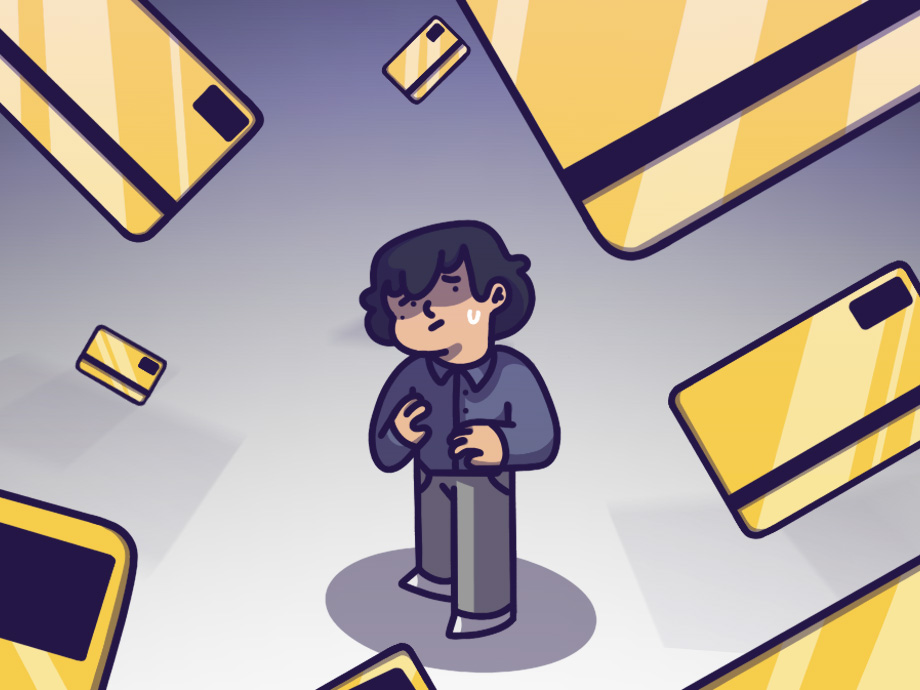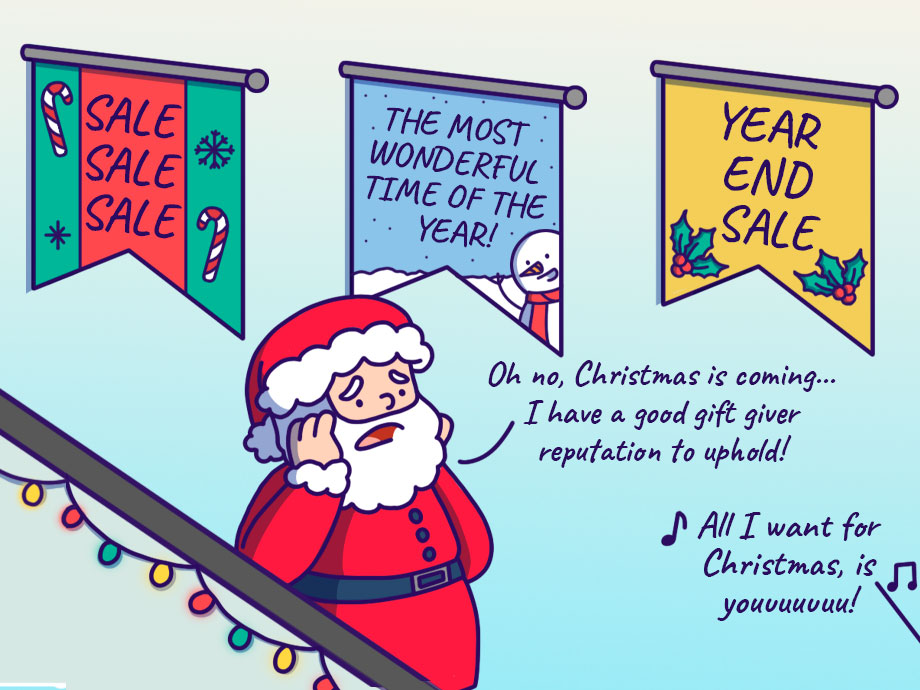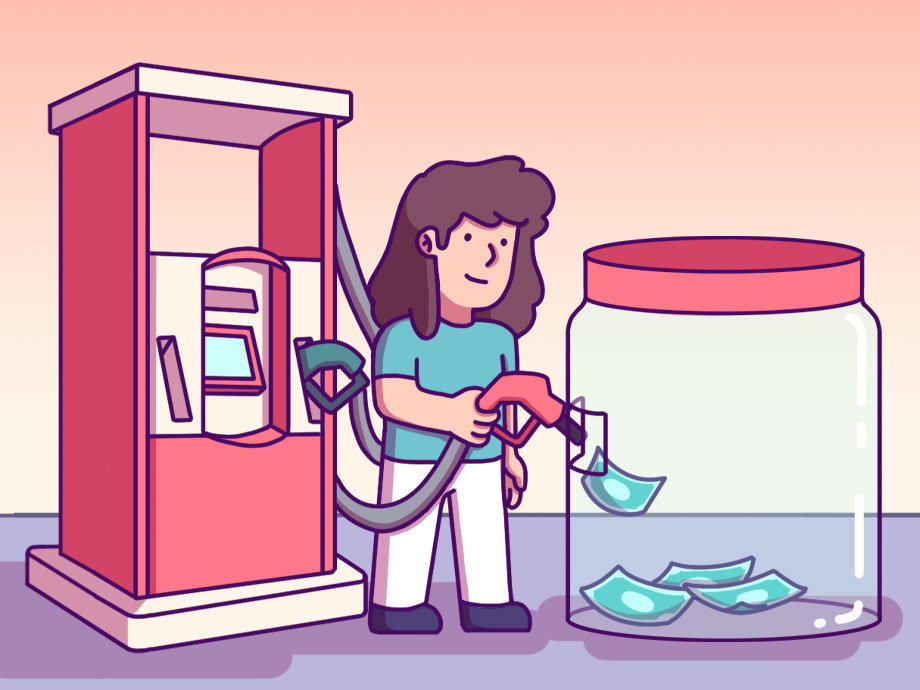Budgeting | Personal Finance | Article
Choosing Your First Credit Card: Part 1
by Marcus Lee | 15 Jan 2021 | 5 mins read

“But credit cards are bad!” we hear you say. Well, yes and no. That’s why we’ve prepared a guide to help you choose your first credit card. In part 1, we’ll cover how cashback cards work and how they apply to your life.
What are Cashback Cards?
You’ve seen the Apple Card, yes? It’s a cashback card that gives you 3% daily cashback if you buy any Apple product.
For example, say you spend RM1,000 on an Apple product like an iPhone or an Apple Watch, this means that you’ll get back 3% or RM30 as credit in your statement. The Apple Card is not available in Malaysia, but it illustrates how a cashback scheme works.
How Do Cashback Cards Work?
Many credit cards offer cashback plans for when you spend on petrol, groceries, utilities, and others. Sounds like free money right? Not so fast.
There are many caveats to this, like the eligibility of the transaction, the minimum spend you need to achieve to receive the cashback, and the cashback rate.
Let’s illustrate what we mean with two fictional credit cards that give you cashback on petrol:
| Credit Card | Maybe Bank | Republik Bank |
| Cashback rate | 10% | 10% |
| Maximum cashback/month | RM100 | RM25 |
| Minimum spend/month to be eligible for cashback | RM300/month | No minimum spend |
| Spending required to maximising cashback | RM1000/month | RM250/month |
| Eligible spending to earn cashback | Fuel at Petrol R Us petrol stations only | Fuel and other spending at ShellFish petrol stations |
This fictional-but-based-on-reality example highlights two credit cards with the exact same cashback rates but they both give you different cashback amounts each month. At first glance, you may be tempted to choose Maybe Bank’s card because it offers you the highest cashback (RM100). But before you choose, ask yourself, “Do I already spend RM1,000 on fuel every month?”
If your answer is yes, then Maybe Bank is your card!
However, let’s say you only spend RM280 a month on petrol, then Maybe Bank isn’t suitable for you anymore as you won’t meet the minimum monthly spend to get your cashback of RM28. You’ll need to spend at least RM300 to earn any cashback at all.
And did you notice that you can only get cashback if you spend at a particular petrol station with each card? For Maybe Bank you only get to fuel up at Petrol R Us, while Republik Bank cards only allow you to fuel up at ShellFish petrol stations.
Let’s Run the Numbers
A discount of RM1,200 in petrol a year is nothing to scoff at, but in order to receive that cashback you’ll have to spend at least RM12,000 a year on petrol!
Assume you fill up your car with RON97 petrol at RM2.08 (at the time of writing) and a full tank of petrol is 40 litres, that’s RM83.2 per fillup. That’s 12 refills each month or at least 3 trips to the petrol station each week!
This is a very specific example that will not work for everyone and spending the full amount on petrol to get the full cashback is not advised.
Other Cashback Cards
Cashback is also applicable for many types of transactions, the most common being: groceries, dining, retail/online shopping, entertainment, local/overseas retail, bill payments, and even insurance payments.
Banks are aware that there are many individual spending patterns and habits and each bank has cards to match your lifestyle. Which brings us back to the Apple Card.
Like a cashback card for petrol, this type of credit card is meant to lock you into a specific pattern of spending, usually to a proprietor, like Apple.
How to Make Cashback Cards Work For You
The key here is to use these cards to your advantage and match your card to your patterns of spending.
A good place to start is to look at your expenses and find areas that take up the most of your expenses and match that expense to a credit card. If you’re already going to spend ‘X’ amount of ringgit a month on groceries for example, find a credit card that will give you cashback on groceries.
Try not to go overboard and apply for as many cards as you have expenses because credit cards aren’t free (despite what they advertise).
It’s Very Simple
Once you understand your spending habits, it’s easy to eliminate credit cards that don’t fit your spending patterns and choose the ones that do! But don’t forget to read the fine print.
Always triple check a card’s required minimum spend, its cashback rate, the maximum cashback amount, and the annual fees. Don’t let them get the better of you.
In part 2, we’ll look at credit cards that offer rewards points and how they differ from cashback cards. We’ll also look at cards that offer air miles and cards with sign up offers, you know, the ones with those damned trolley bags or chess sets.
In part 3, we’ll break down all the pros and cons of owning a credit card. Till then, keep it simple.














